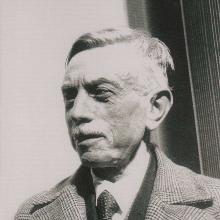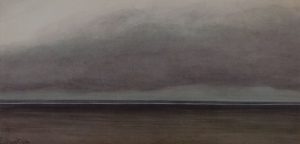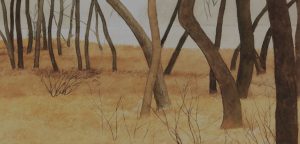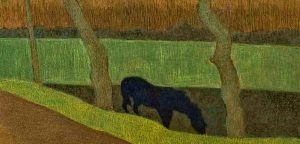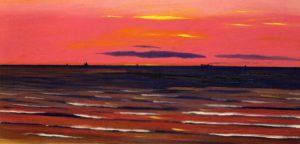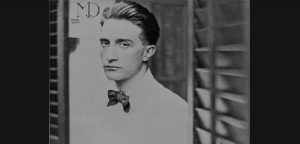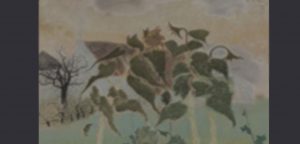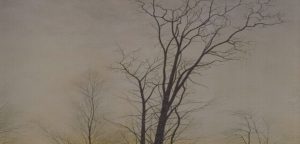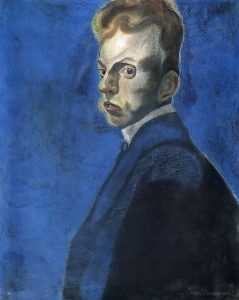He was born on July 28, 1881 in Ostend, Belgium.
1881 - 1946
Leon Spilliaert
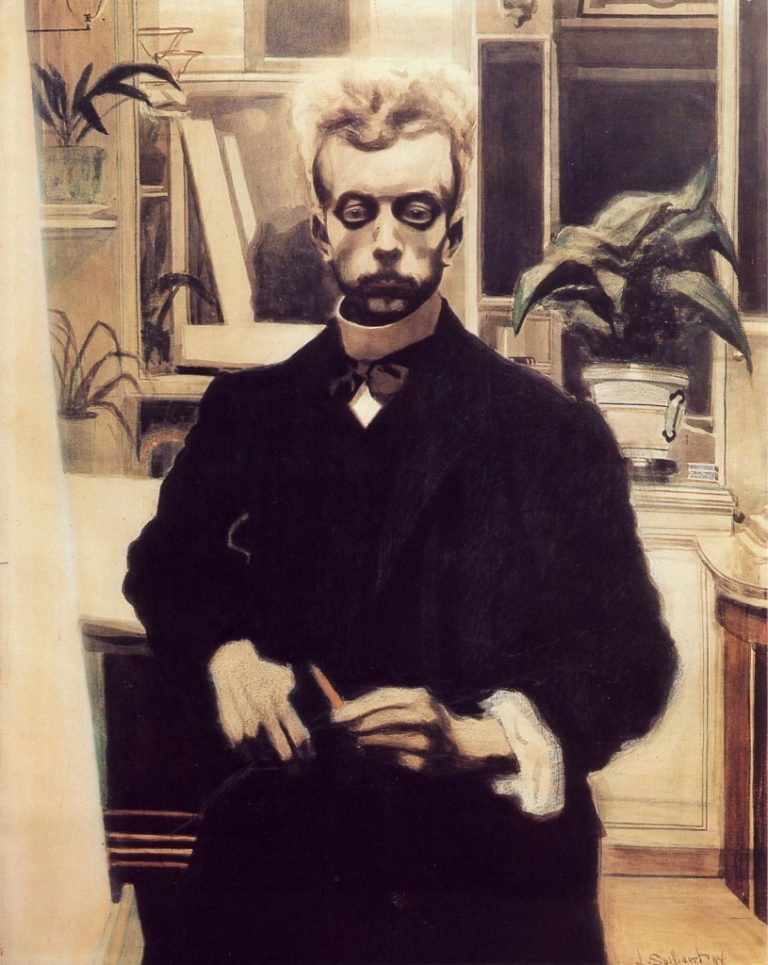
description
One of the most talented symbolic artists of Belgium, an illustrator and graphic artist.
The artist was born into the family of a perfumer and owner of a hairdressing salon. As a child, Leon was very quiet and, at the same time, a creative person, fond of poetry, prose and painting. He painted, wrote poetry and prose.
Leon Spiellart left a bright mark on the history of European painting. He participated in the Salon of Independence in 1911 in Brussels, which was the largest event in the field of art, and together with Ensor and Permke exhibited his paintings at the gallery Sélection, where avant-garde works of Belgium were presented. In the heyday of Expressionism, his self-sufficient and bold art did not find a large number of fans, and was little known outside his homeland. Nevertheless, it strongly influenced the development of several artistic trends of the future. In our time, the interest in the works of Leon Spiellart was revived, his works were appreciated by art lovers and approved by art critics.
Key ideas:
– In the wild whirlpool of the artistic life of Belgium of the early twentieth century, the work of Leon Spiellart stands alone. His somewhat gloomy and melancholic paintings have all the signs of classical Symbolism, although in them there are no mythological and religious themes inherent in this art movement.
– During his long creative life, the artist created a large number of urban landscapes, self-portraits and heat scenes filled with deep meaning and mysterious symbols. Spilliaert chose unusual themes for his paintings, which he created due to his uneasy character and highly developed imagination. He was interested in subjects related to life and death, the mysteries of the human soul and the mystical charm of the night.
– In the artist’s painting, dark or contrasting black and white tones predominate, many paintings depict the night time. The lines in them are clearly outlined, and the silhouettes are simplified and even grotesque. His still lifes are simple in the composition and are sustained in a strict color scheme. In the later period of his work, Spilliaert increasingly preferred landscape painting, mainly depicting trees.
– A special place in the legacy of Spiellart is occupied by his self-portraits, created mostly in 1906-1908. The characteristic features of these creations are mystery, an atmosphere of anxiety and even fear. They have an unusual composition based on mirrors in the room and numerous reflections in them. Self-portraits are created at night, in the light of the moon or a lam
1881
1899
1900
1903
1904
1908
1911
1916
1922
1944
1946
The birth of the artist
He entered the Art Academy in Bruges
He entered the Art Academy in Bruges. But Spilliaert was not interested in the classical painting, so after a few months, he left school.
Went to the World Paris Exhibition with his father
Went to the World Paris Exhibition with his father. There the artist got acquainted with the works of outstanding masters of modern times. These pictures made a tremendous impression on him.
He began to work under the leadership of influential Brussels publisher E. Deman
He began to work under the leadership of influential Brussels publisher E. Deman, who supported his work and introduced the young man to the Brussels aristocracy.
Leon went to Paris to Emile Verhaeren
With a letter of recommendation from Deman, Leon went to Paris to Emile Verhaeren. The writer introduced Spilliaert to his friends and provided him with all kinds of help and support.
He met Stefan Zweig
He met Stefan Zweig, who, being under the impression of his paintings, helped the artist to get along with Viennese art figure Hugo Heller.
The artist's works were widely represented at the Salon of Independent in Brussels
The artist’s works were widely represented at the Salon of Independent in Brussels. The pictures received positive reviews.
During the First World, Leon married Raquel Ferguson
During the First World, Leon married Raquel Ferguson, and a year later their daughter Madeleine was born. The family took refuge from the war in Switzerland. They returned to their homeland in 1918.
The first personal exhibition of Leon Spilliaert took place in Brussels
The first personal exhibition of Leon Spilliaert took place in Brussels, and a few years later, in 1929, another large exhibition was organized.
The last solo exhibition of the artist was held
The last solo exhibition of the artist was held.
The death
He died on November 23, 1946 in Brussels, Belgium.

